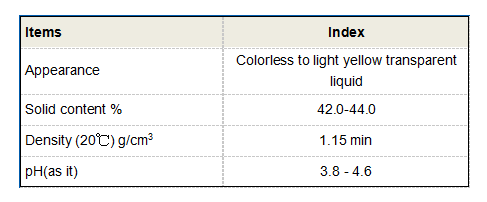difference between flocculant and coagulant
Understanding the Difference Between Flocculants and Coagulants
In water treatment processes, the terms flocculant and coagulant are frequently mentioned, yet their functions and applications are often misunderstood
. Both play crucial roles in the removal of suspended particles from water, but they operate through distinct mechanisms and are used at different stages of the treatment process.Coagulants are substances that facilitate the aggregation of particles in water. When added to a liquid, they neutralize the electric charges that keep particles separated. This neutralization process allows particles—such as silt, clay, and organic matter—to come together and form larger aggregates known as flocs. Common coagulants include aluminum sulfate (alum), ferric chloride, and polymers. The primary goal of coagulation is to destabilize colloidal particles, which are too small to settle on their own, thereby enabling them to connect and form larger clusters that will eventually settle down.
Flocculants, on the other hand, are used after the coagulation phase. These agents work by further promoting the agglomeration of the already formed flocs, causing them to grow even larger, which enhances their settling ability. Flocculants can be either synthetic or natural polymers, and they function by bridging the gaps between particles, effectively “lifting” them out of suspension. By increasing the size of the flocs, flocculants expedite the sedimentation process, making it easier to remove the contaminants from the water.
difference between flocculant and coagulant

The main difference lies in their application timing and purpose. Coagulants initiate the process by destabilizing and aggregating particles, while flocculants enhance the aggregation to facilitate the removal of these particles. Without coagulants, the flocculants wouldn’t have their intended effect, as the particles would remain in suspension.
Furthermore, the choice of using a specific coagulant or flocculant depends on various factors, including the nature of the water being treated, the types of particles present, and the desired quality of the final product. Understanding these differences is essential for water treatment professionals to ensure effective operation and compliance with environmental standards.
In summary, coagulants and flocculants are essential components of the water treatment process, each playing a unique role in purifying water. By effectively utilizing both, facilities can achieve high-quality water that meets health standards and is safe for consumption. Understanding their distinct functions can lead to better water treatment strategies and improved outcomes in the quest for clean water.
-
Water Treatment with Flocculant Water TreatmentNewsJun.12,2025
-
Polymaleic AnhydrideNewsJun.12,2025
-
Polyaspartic AcidNewsJun.12,2025
-
Enhance Industrial Processes with IsothiazolinonesNewsJun.12,2025
-
Enhance Industrial Processes with PBTCA SolutionsNewsJun.12,2025
-
Dodecyldimethylbenzylammonium Chloride SolutionsNewsJun.12,2025





